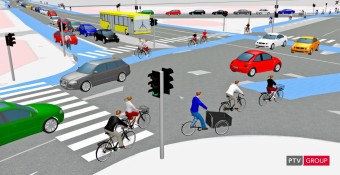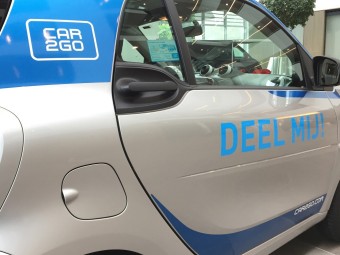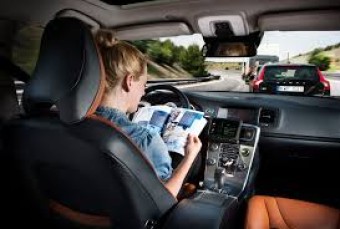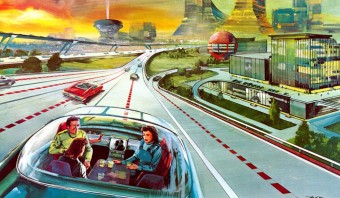Addison Lee goes truly global with £ 50m acquisition of Tristar Worldwide
Addison Lee, the dominant private hire operation in the UK, acquired Tristar Worldwide for £50 million ($ 66 m, € 59 m) creating Europe’s largest executive car service and ensuring a global presence through Tristar’s operations in the US, Asia and continental Europe.
Andy Boland, Addison Lee’s CEO told Private Driver: “This is a major landmark for our business. Coming together with Tristar means our shared ethos and commitment to quality, service and reliability can be expanded globally.”
Tristar’s brand will remain and become the main brand for executive services. It operates the largest executive car fleet in the UK, and has global revenues of £50m ($ 66 m, € 59 m) and more than 450 chauffeurs. Together with Addison Lee’s executive fleet, the combined operation will have almost 1,000 premium vehicles around the world, making it the market leader in the executive car area.
The acquisition fits in well with both companies’ strategy to focus on the premium end of the market. The companies feel there is strong demand for executive car services, particularly on a transatlantic basis, which means the combined business is well positioned for growth.
Addison Lee’s brand will focus on on-demand and private hire operations. The company has also announced plans to establish a full operation in Manchester with 300 cars, and is looking for partners in other cities as it rolls out its app across the UK. “The decision to operate in Manchester has been driven by demand from existing corporate clients,” said Boland.
The app is now live in Edinburgh, Liverpool and Cambridge. “Working with our partners, we will have a presence in 25 UK cities by the end of the year”, Boland added.
The combined Addison Lee-Tristar fleet is Europe’s largest car service operator with more than 5,000 cars, and a team of 800 support staff. Boland commented: “There will be significant growth in the executive car market following the 15% jump in volumes we saw in 2015. With Tristar, we will be able to take our service to the next level and into new markets around the world.”
Tristar Worldwide CEO Dean de Beer told Private Driver: “When we set out to look for a partner with whom we can grow and take our business to the next level, Addison Lee was the obvious choice. I am proud of what we have achieved so far and excited about the next chapter for Tristar.”
• With Tristar Worldwide’s acquisition Addison Lee goes for a worldwide presence.









